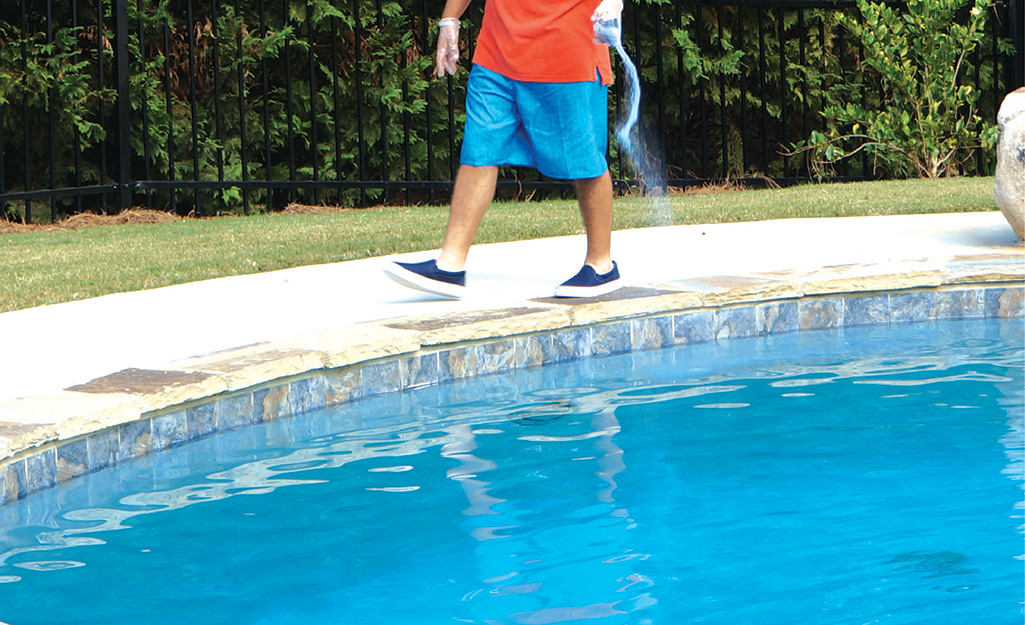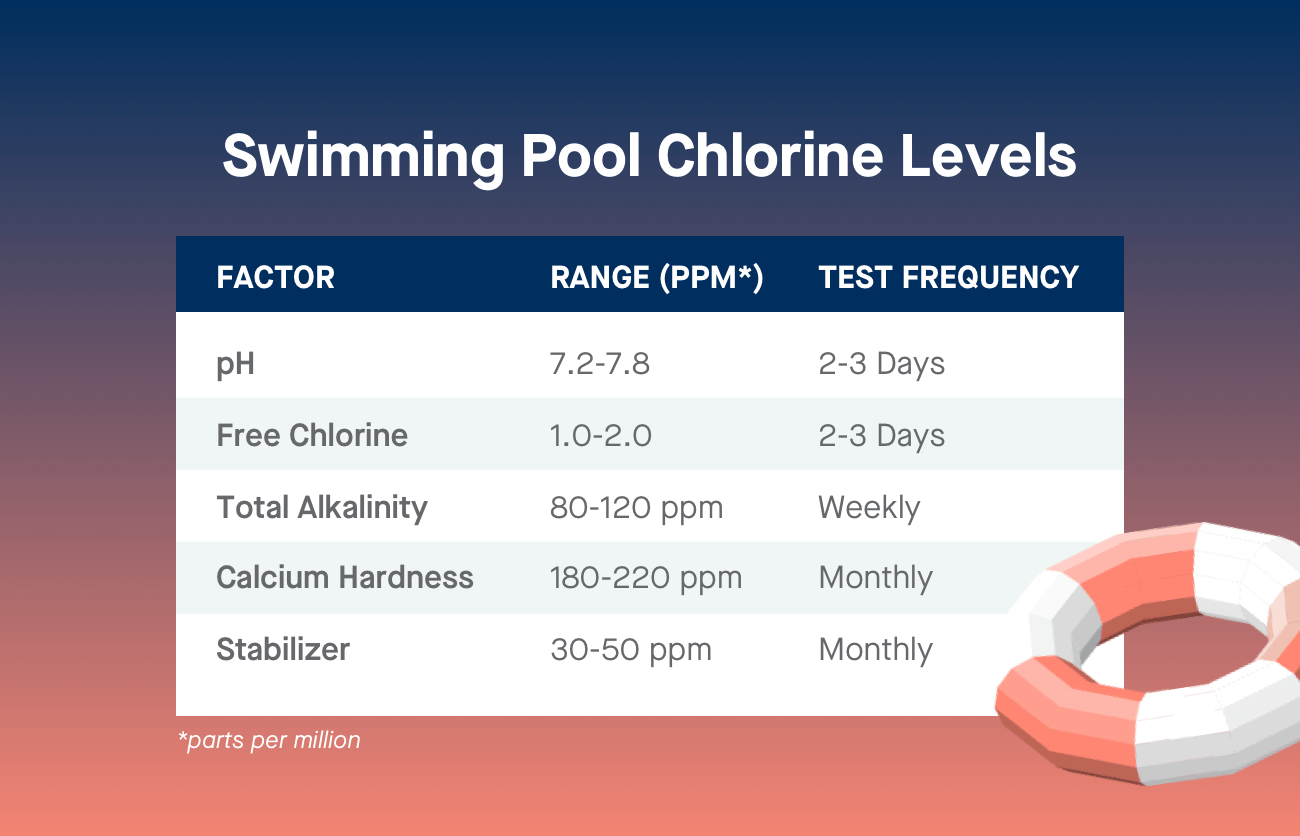
Importance of Chlorine Levels
Chlorine is a potent disinfectant that is commonly used to kill bacteria, viruses, and other microorganisms that can cause waterborne diseases. In swimming pools, chlorine is used to maintain clean and safe water for swimmers. In drinking water treatment plants, chlorine is used to disinfect water and remove impurities. However, excessive chlorine levels can be harmful to human health, causing respiratory problems, skin irritation, and eye damage. Therefore, it is essential to monitor and manage chlorine levels to ensure they are within safe and effective ranges.
Measurement of Chlorine Levels
Measuring Chlorine Levels is crucial to determine whether they are within acceptable ranges. There are several methods to measure chlorine levels, including:
Laboratory Testing
Laboratory testing involves collecting water samples and sending them to a laboratory for analysis. This method provides accurate and reliable results but can be time-consuming and costly.
Field Testing
Field testing involves using portable test kits or strips to measure chlorine levels on-site. This method is quick and convenient but may not be as accurate as laboratory testing.
Online Monitoring
Online monitoring involves using sensors and monitoring systems to continuously measure chlorine levels in real-time. This method provides instant results and enables prompt action to be taken in case of any discrepancies.
Management of Chlorine Levels
Managing chlorine levels is critical to ensure they are within safe and effective ranges. The following are some strategies for managing chlorine levels:
Dosing Control
Dosing control involves adjusting the amount of chlorine added to water to maintain optimal levels. This can be achieved through manual or automated dosing systems.
pH Control
pH control involves maintaining the optimal pH range for chlorine disinfection, which is typically between 7.2 and 7.8. This can be achieved through the use of pH adjustment chemicals or equipment.
Alternative Disinfection Methods
Alternative disinfection methods, such as ozone or ultraviolet (UV) disinfection, can be used to reduce chlorine levels or provide additional disinfection barriers.
Health Effects of Chlorine Levels
Excessive chlorine levels can have adverse health effects, including:
Respiratory Problems
Chlorine can cause respiratory problems, such as coughing, wheezing, and shortness of breath, especially in individuals with pre-existing respiratory conditions.
Skin Irritation
Chlorine can cause skin irritation, including redness, itching, and rashes, especially in individuals with sensitive skin.
Eye Damage
Chlorine can cause eye damage, including conjunctivitis and corneal ulcers, especially in individuals who are exposed to high concentrations of chlorine.
Environmental Impact of Chlorine Levels
Chlorine levels can also have environmental impacts, including:
Water Pollution
Excessive chlorine levels can pollute waterways, harming aquatic life and ecosystems.
Soil Contamination
Chlorine can contaminate soil, affecting plant growth and soil microorganisms.
Air Pollution
Chlorine can release toxic fumes, contributing to air pollution and negatively impacting human health and the environment.
Regulations and Guidelines
There are various regulations and guidelines that govern chlorine levels in different contexts, including:
Drinking Water Regulations
Drinking water regulations, such as the Safe Drinking Water Act (SDWA), set maximum allowable chlorine levels in drinking water.
Swimming Pool Regulations
Swimming pool regulations, such as the Model Aquatic Health Code (MAHC), set guidelines for chlorine levels in swimming pools.
Environmental Regulations
Environmental regulations, such as the Clean Water Act (CWA), regulate chlorine levels in wastewater and waterways.
Conclusion
In conclusion, chlorine levels play a critical role in maintaining safe and healthy environments. Monitoring and managing chlorine levels is essential to prevent adverse health effects and environmental impacts. By understanding the importance of chlorine levels, measuring them accurately, and managing them effectively, we can ensure the well-being of humans, animals, and the environment.
FAQs
What are the safe chlorine levels for drinking water?
The safe chlorine levels for drinking water are typically between 0.2 and 2.0 milligrams per liter (mg/L).
What are the risks of excessive chlorine levels in swimming pools?
Excessive chlorine levels in swimming pools can cause respiratory problems, skin irritation, and eye damage.
How can I measure chlorine levels in my swimming pool?
You can measure chlorine levels in your swimming pool using portable test kits or strips, or by sending a water sample to a laboratory for analysis.
What are the environmental impacts of excessive chlorine levels?
Excessive chlorine levels can pollute waterways, contaminate soil, and contribute to air pollution, harming aquatic life, ecosystems, and human health.
Can I use alternative disinfection methods instead of chlorine?
Yes, alternative disinfection methods, such as ozone or ultraviolet (UV) disinfection, can be used to reduce chlorine levels or provide additional disinfection barriers.
How often should I test chlorine levels in my drinking water?
It is recommended to test chlorine levels in your drinking water at least once a year, or more frequently if you have a private well or are concerned about water quality.
Good Vibes Pool Service
3450 Palmer Dr. #4-262
Cameron Park, CA 95682
(530) 883-0715
info@goodvibespoolservices.com
